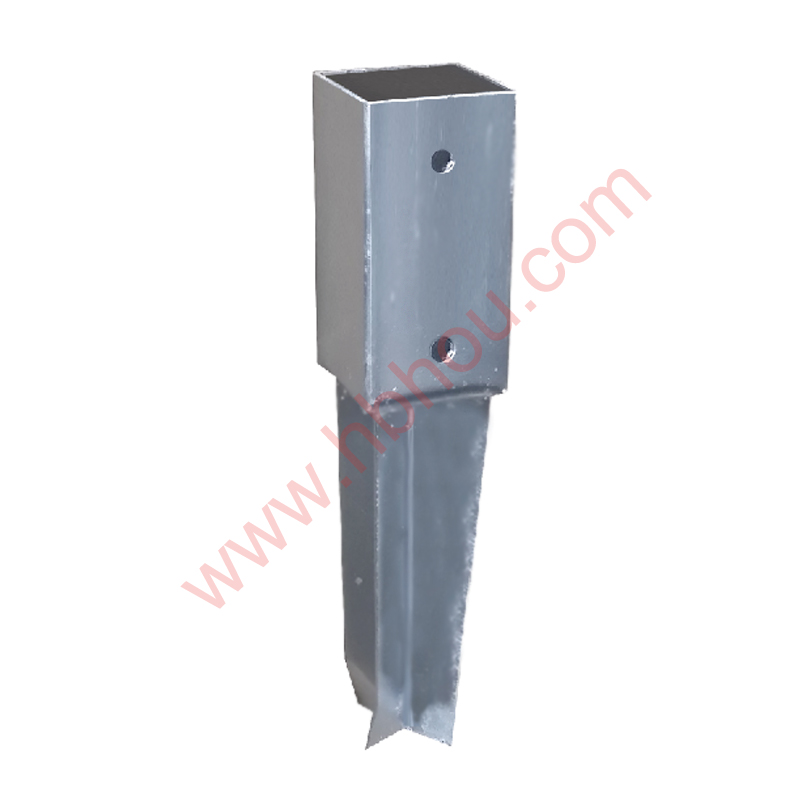Understanding Fence Post Types Selecting the Right Material for Your Needs
When it comes to fencing, one crucial aspect that often goes unnoticed is the type of fence post chosen for the job. Fence posts not only provide stability and support for the entire structure but also contribute significantly to the durability and aesthetic of your fence. Understanding the different types of fence posts available can help you make an informed decision that aligns with your needs and preferences.
Wooden Fence Posts
Wood has traditionally been one of the most popular materials for fence posts. Wooden posts, often made from cedar, pine, or redwood, offer a natural look that many homeowners find appealing. Cedar is particularly favored for its resistance to rot and insects, making it an ideal choice for areas plagued with moisture. However, wooden posts can be susceptible to warping and may require periodic maintenance, such as staining or sealing, to prolong their life span. When opting for wooden posts, it is advisable to select high-quality treated wood to enhance durability.
Metal Fence Posts
Metal posts, typically made from steel or aluminum, are gaining popularity due to their strength and longevity. Steel posts are incredibly durable and can withstand harsh weather conditions without fading or rusting, provided they are galvanized or coated with a protective layer. Aluminum, while lighter and resistant to corrosion, may not offer the same level of strength as steel but is ideal for residential fencing. A significant advantage of metal fence posts is their low maintenance; they do not require staining or sealing, and their lifespan can exceed that of wooden posts.
fence post types

Vinyl Fence Posts
Vinyl, or PVC, fence posts are an increasingly popular choice for modern fencing projects. These posts provide a clean and polished appearance, ideal for contemporary homes. Vinyl is resistant to rot, termites, and fading, making it a low-maintenance option that retains its color and appearance over time. Despite their many benefits, it is essential to choose high-quality vinyl posts to avoid cracking or bending, particularly in extreme weather conditions. Additionally, vinyl posts can sometimes be more expensive upfront compared to wood or metal.
Composite Fence Posts
Composite materials, which combine wood fibers and plastic, have emerged as an innovative solution for fencing needs. These posts offer a similar aesthetic to traditional wood but provide enhanced durability and resistance to the elements. Composite posts do not splinter, rot, or require painting, making them a practical choice for homeowners seeking a balance between style and functionality. While they may be pricier than standard wood posts, their longevity and minimal upkeep can make them a cost-effective option over time.
Conclusion
Selecting the right type of fence post is crucial for the overall performance and appearance of your fence. Each material—wood, metal, vinyl, and composite—offers distinct advantages and considerations. When making your choice, consider factors such as climate, maintenance requirements, desired aesthetics, and budget. By thoroughly understanding the various fence post types available, you can ensure that your fencing project meets your expectations and stands the test of time, providing security and beauty to your property for years to come.
















